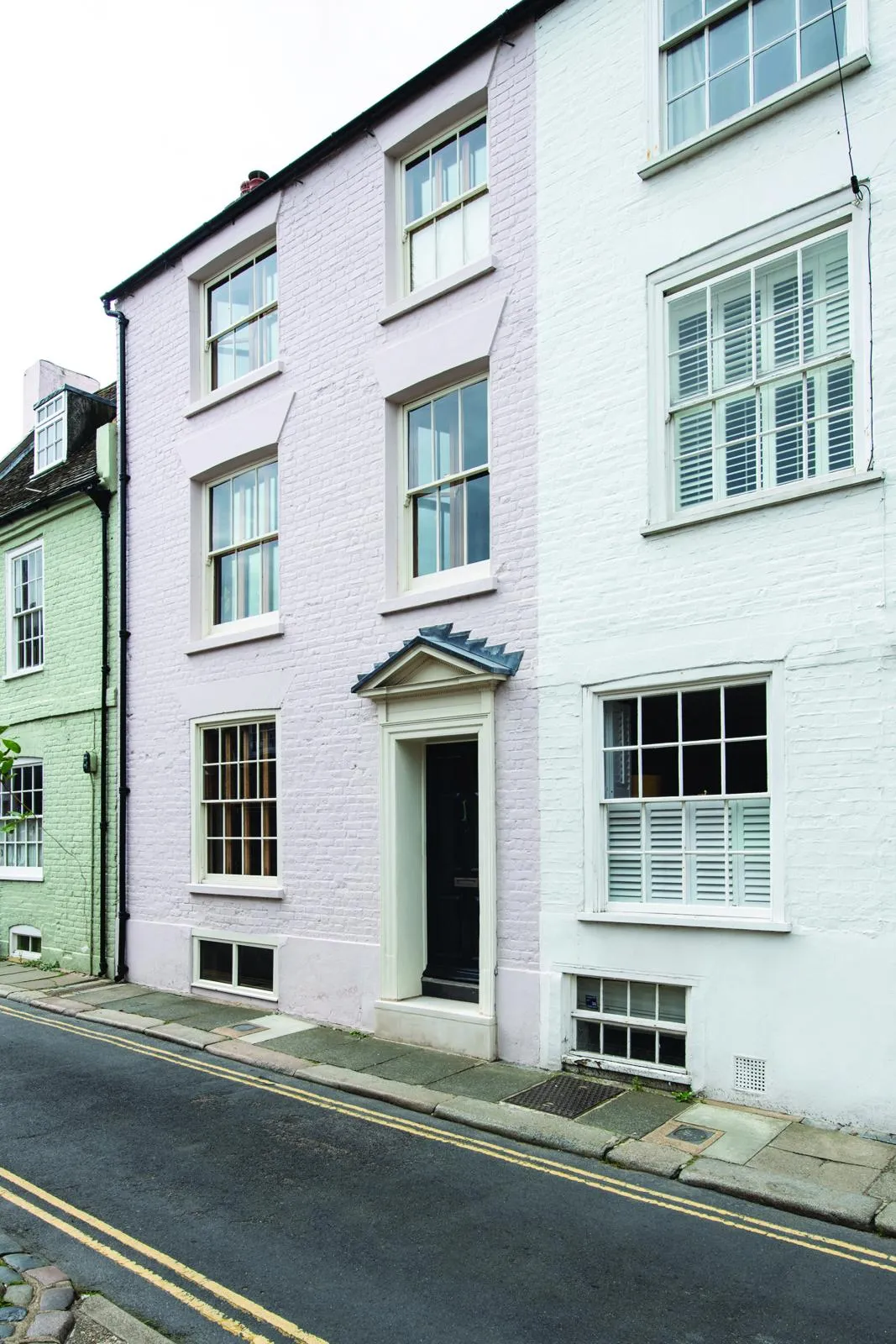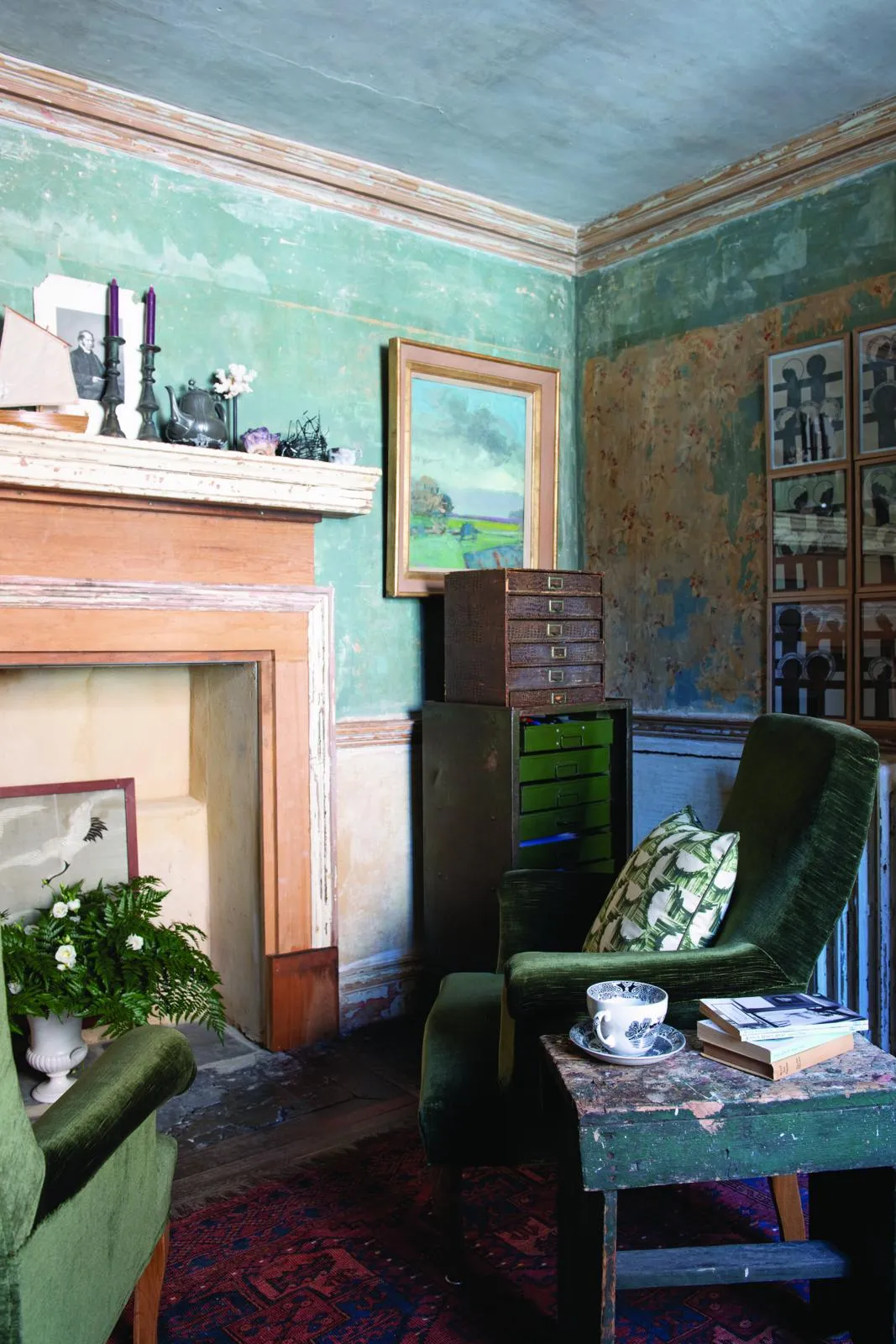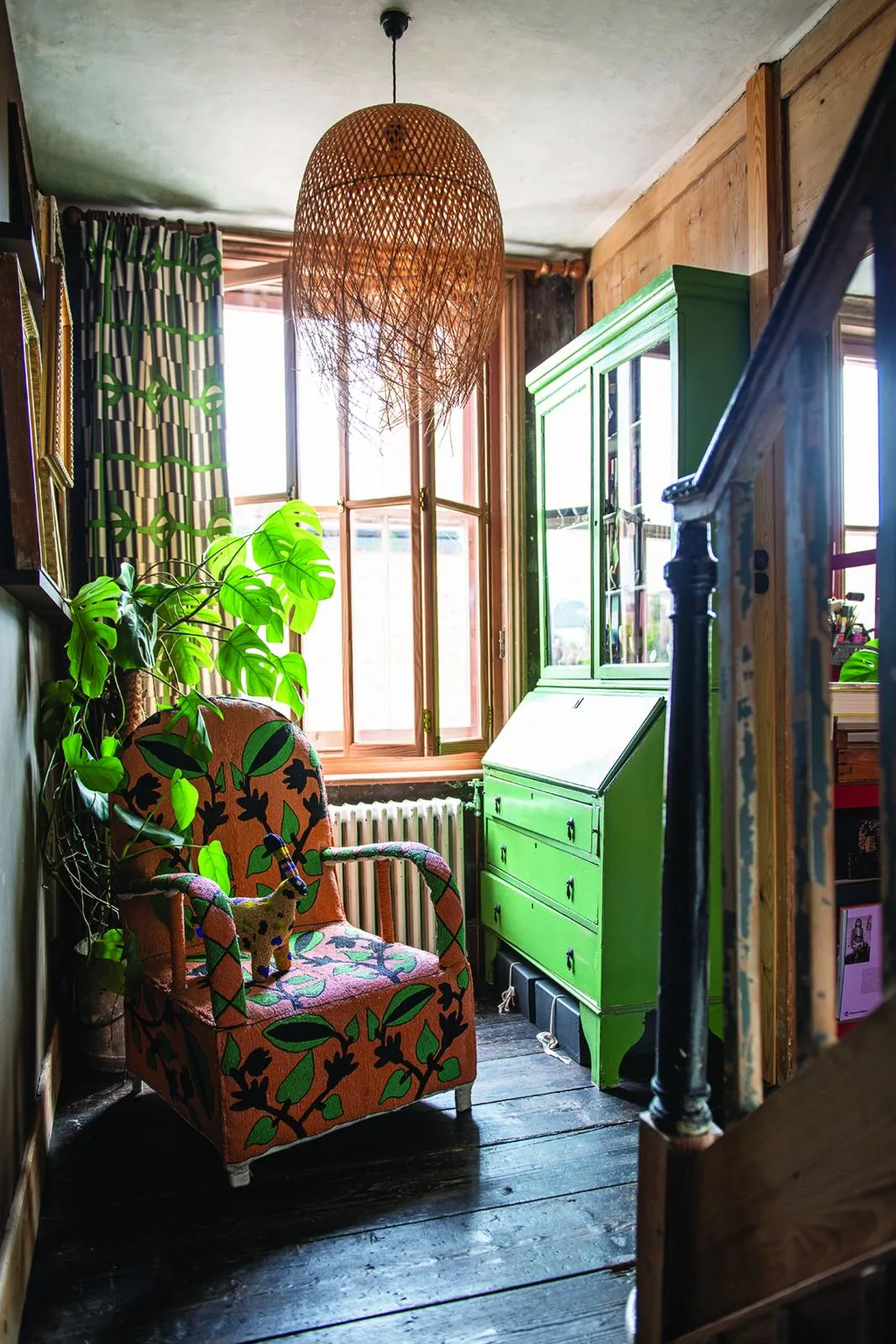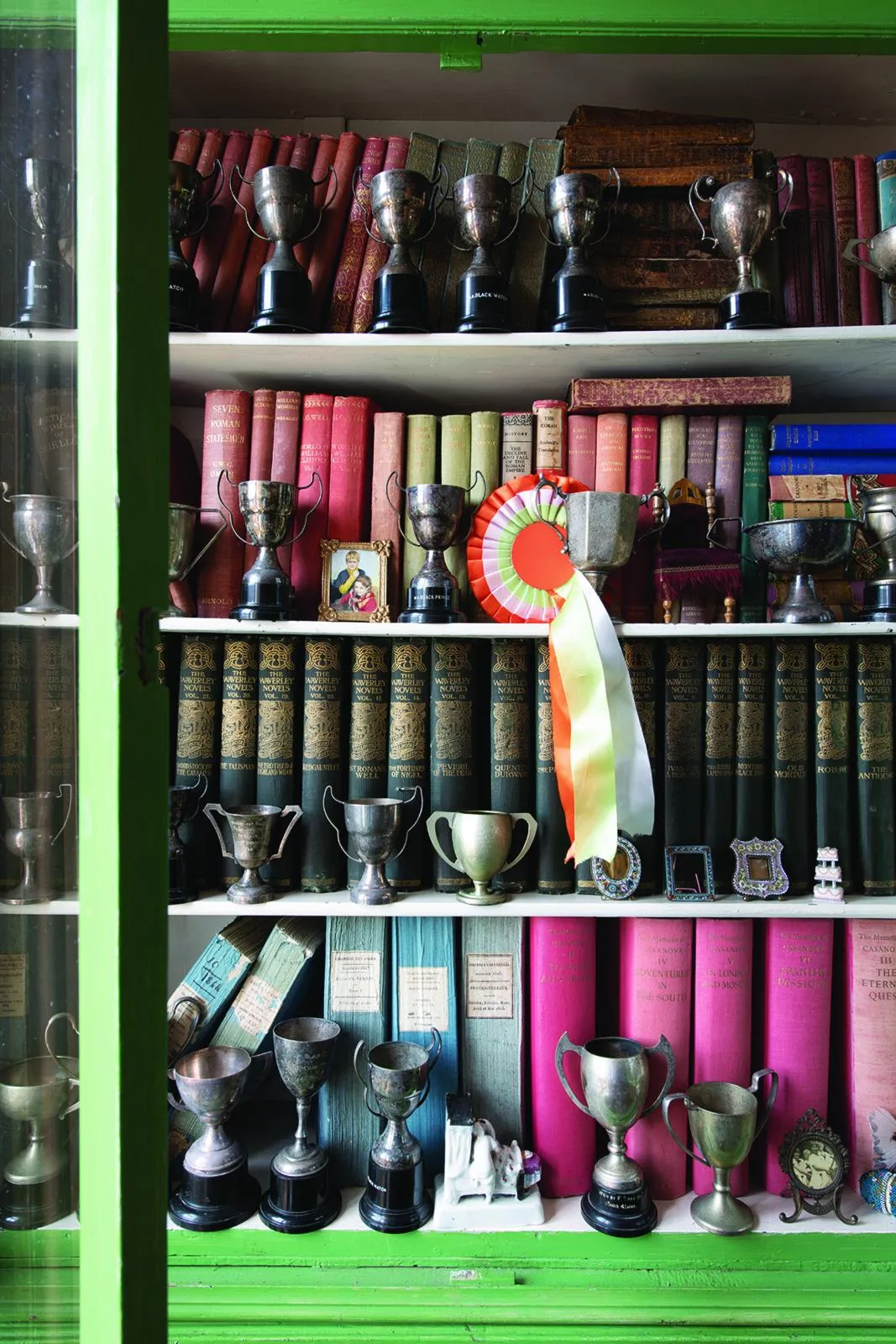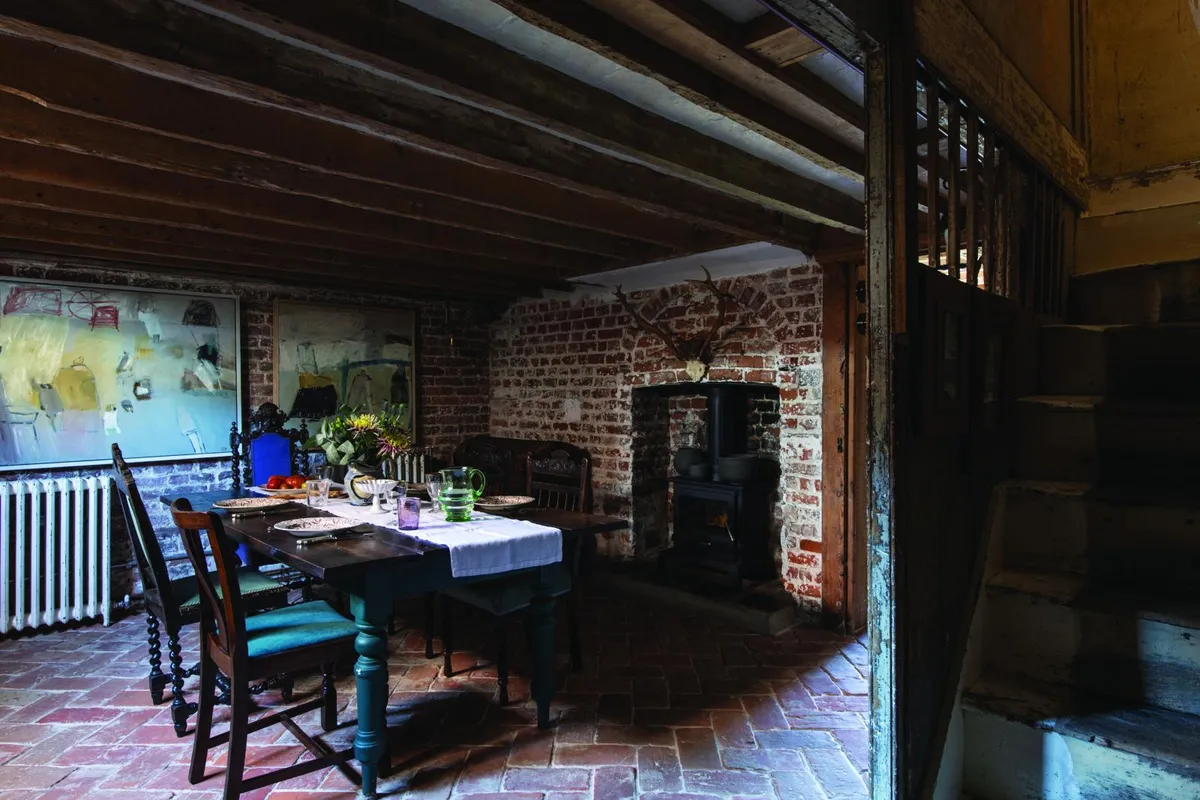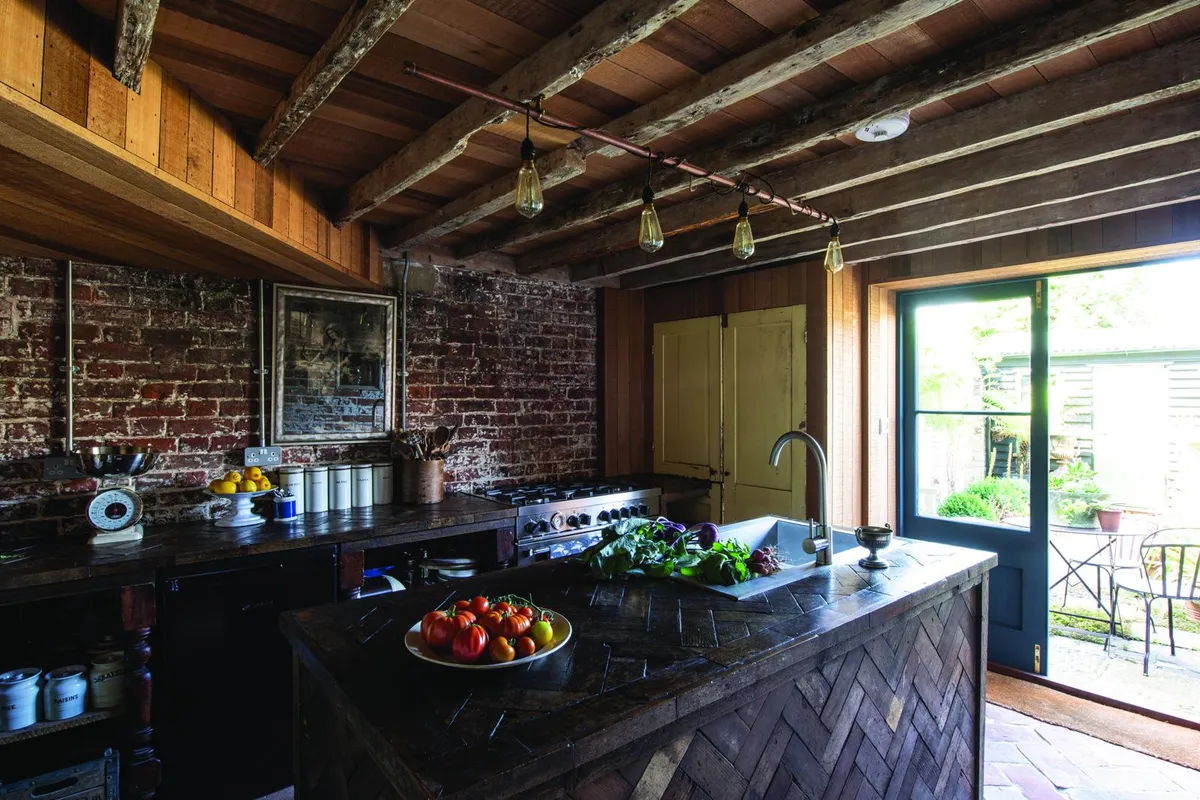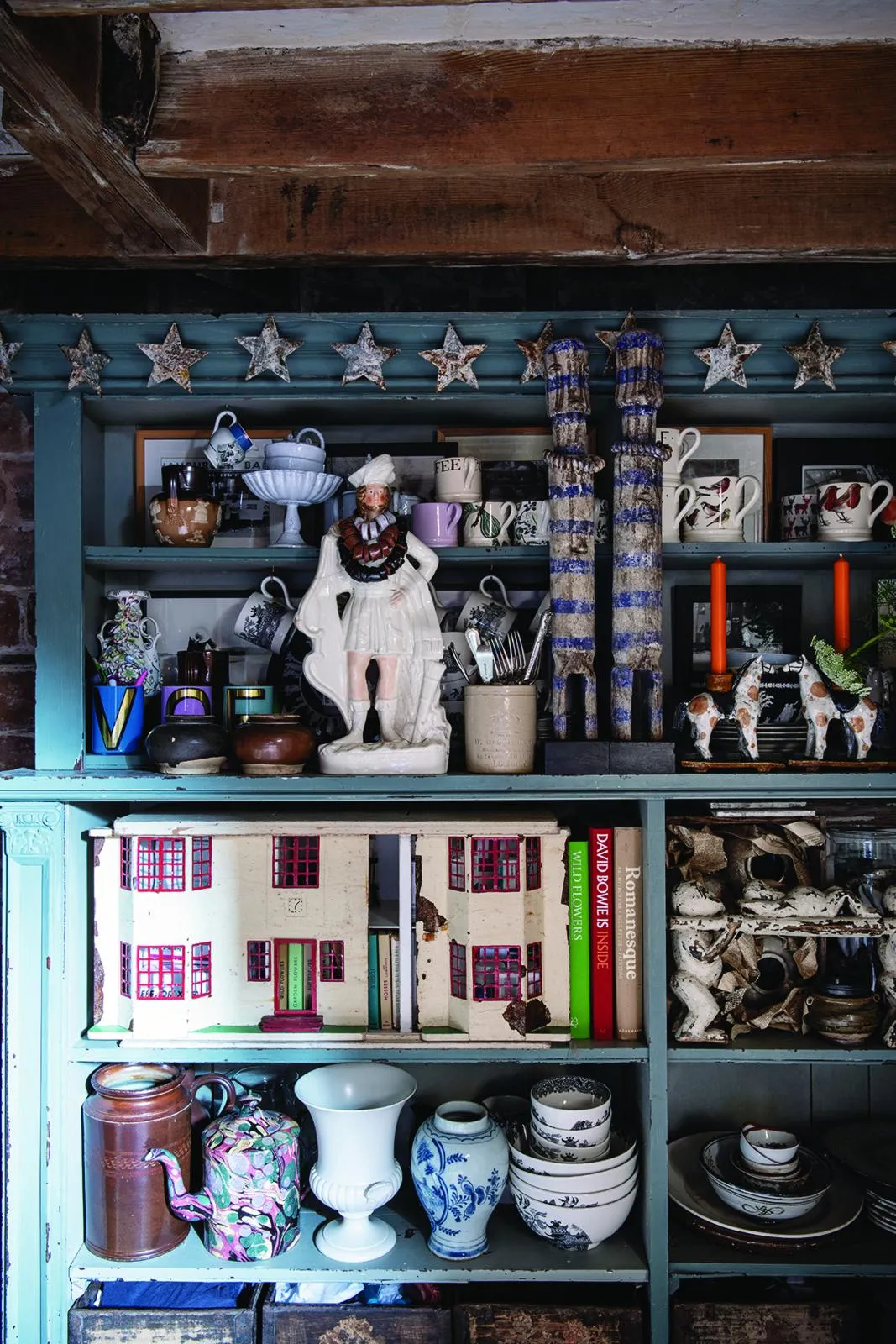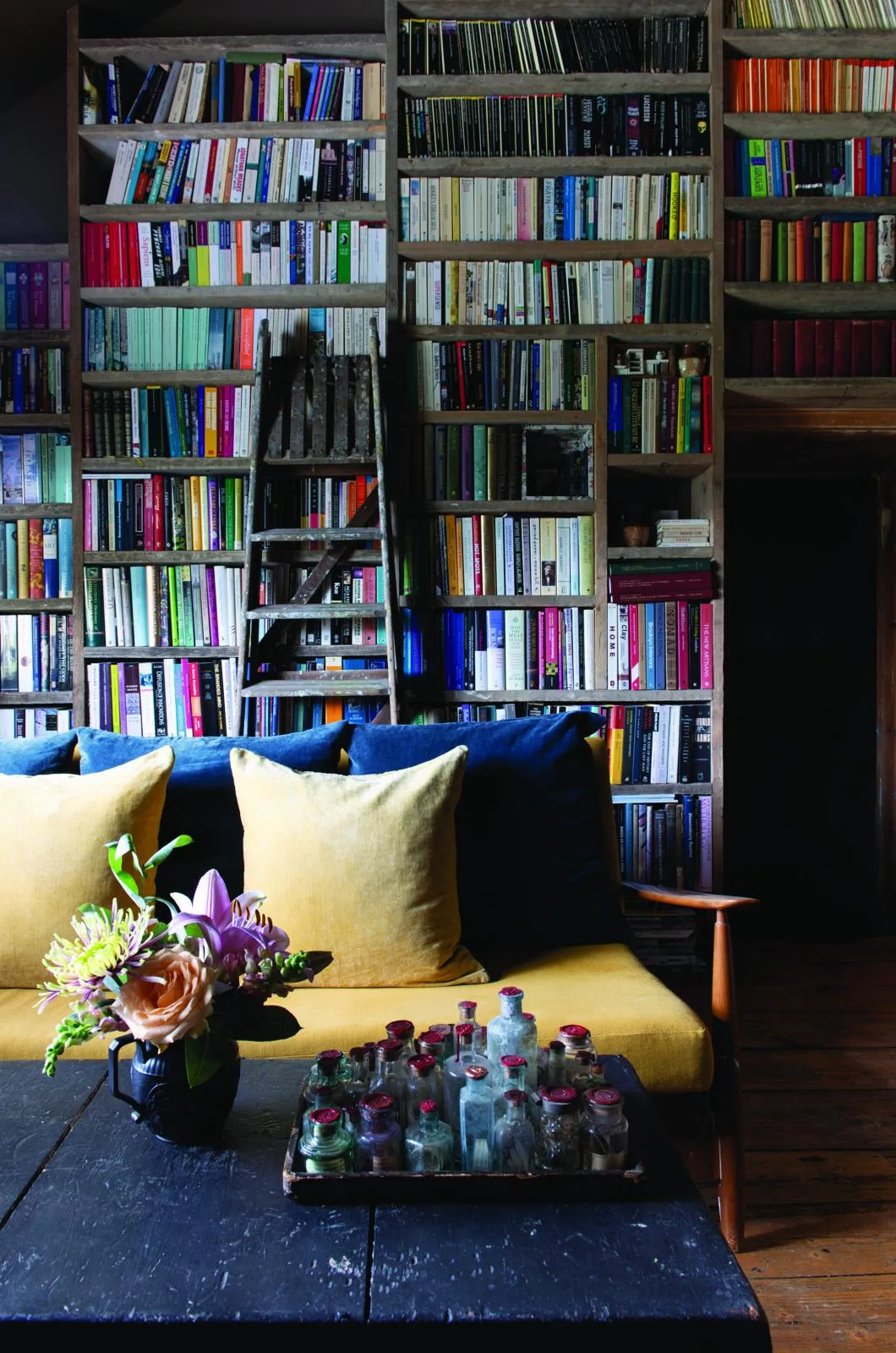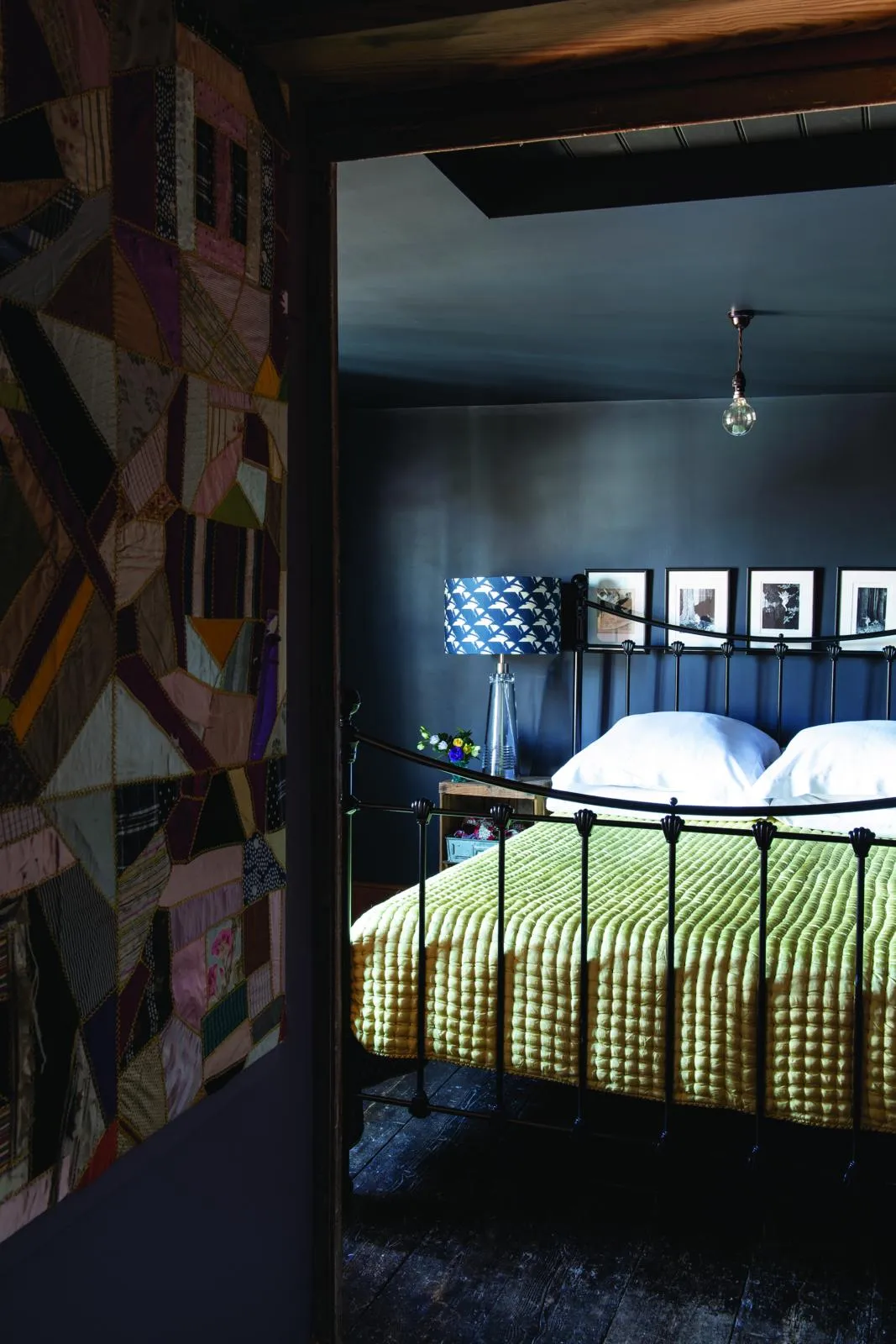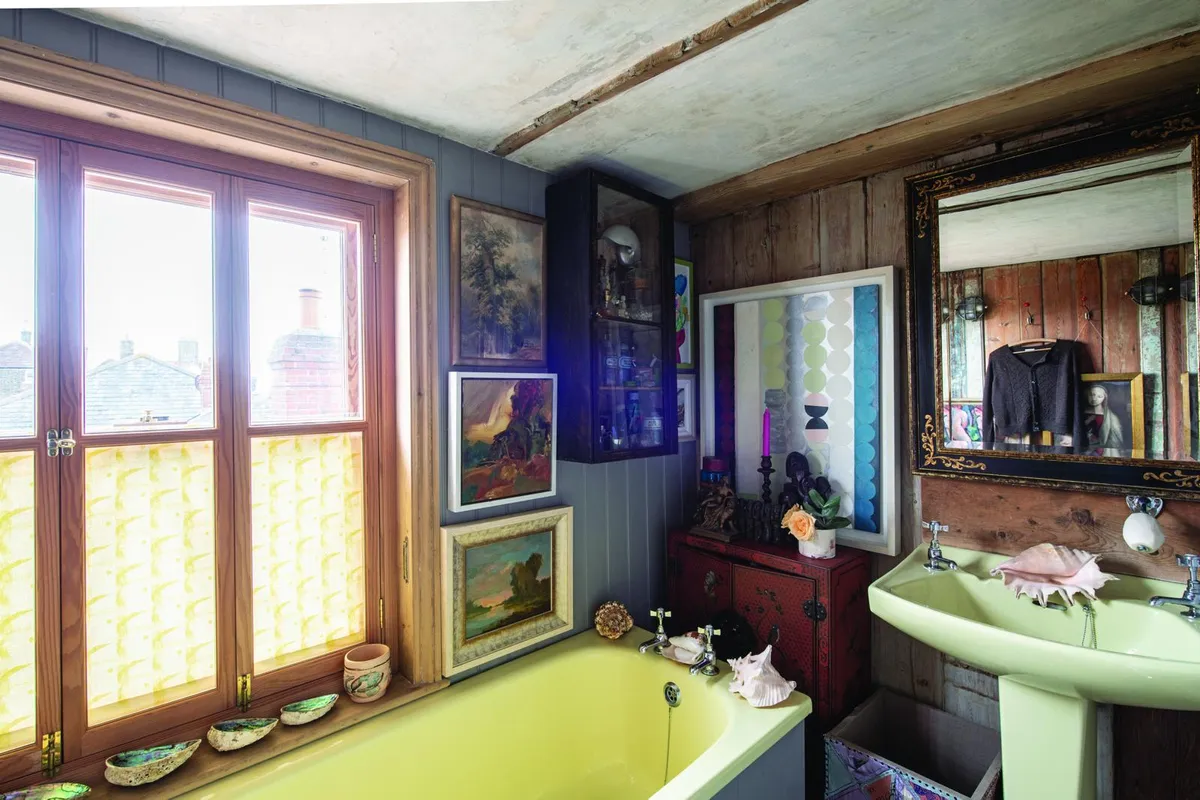‘Being Australian, I love the sea and a big horizon,’ says artist and former archaeologist Jane Dickins of her move from London to the seaside town of Deal. ‘London was really making me feel constrained,’ she explains, and discovering Deal’s Georgian streets was a blessing that came at the right time – the result of a chance visit to catch up with a friend.
She was struck as much by the quality of light and the big skies as she was by the well-preserved streets. ‘Every house is different and fantastically cute,’ she says. ‘I just thought it couldn’t be more lovely. There are practically no cars, and everything is so close.
You’re within five minutes of wonderful places to eat and independent shops, yet you’re tucked away with hardly anybody walking past – the high street on one side, the sea on the other. It seems almost too good to be true.’
Add in the town’s rich maritime history – Captain Cook moored the Endeavour near the Goodwin Sands just off Deal, and Admiral Nelson was garrisoned in the town – and it seemed like the perfect place to put down roots.
But would her husband agree? ‘I brought Jonny down for the weekend, knowing that he didn’t really want to leave London, but he fell for Deal too – I didn’t expect him to like it so much.’ The fast train to St Pancras makes it possible for people to commute fairly easily and, like many others before them, they eased themselves into living on the south coast.
The initial plan was to downsize to a flat in London and buy a holiday house in Deal. ‘Within a year of trying that out we couldn’t bear to leave the coast,’ she recalls. ‘So we decided to move here full time.’ The key was finding the house that would resonate with their mutual passion for history.
You might also like a Georgian terrace attached to a 16th-century barn
The couple’s appreciation of the past would prove pivotal to the move. ‘I loved my years as an archaeologist, and my adventures working on Aboriginal designs in the Central Desert,’ Jane says. But after moving to England to study for a post-graduate degree at Cambridge, she realised academia no longer appealed.
‘The idea of devoting myself to a narrow area of expertise simply wasn’t for me. I had always been passionate about the visual arts, studying art all the way through school and then history of art at university but, despite this life-long enthusiasm, I still had a big mental block about making art myself. It’s strange, but I just didn’t think that becoming an artist was ever something I would be ‘allowed’ to do.’
After Cambridge she spent several years teaching and working in television, but in the end the pull of the visual arts became too strong to resist, she says. ‘I threw myself into living the life I truly wanted – as a full-time artist. I have to say that my background in archaeology has definitely had a big influence on my work, particularly in my fabric designs, which are inspired by ancient mark-making techniques and patterns.’
The search for somewhere to call home became intrinsically intertwined with Jane’s aesthetic vision and her ability to look beyond the surface. ‘We saw a few places together but when I saw this house I was on my own.’ The property was clearly much loved but had been untouched for years and was incredibly down at heel. There were no estate agent’s details because there wasn’t much access to the rooms – it was very much ‘at the buyer’s risk’.
‘The owner had lived there for 50 years and the person who was to own it next was very important to him. He adores the past and is a metal detectorist, so he loved the fact I was an archaeologist.’ In an act of extreme trust, Jonny agreed to put in an offer without ever having visited the property. ‘I didn’t want him to see it,’ Jane laughs. ‘I knew he would’ve been horrified.’ He didn’t see it for the next 18 months.
‘I look back now and think I must have been mad. I had no experience of this level of renovation. But because it hadn’t been touched for 50 years and had hundreds of years’ worth of wallpaper, paint and carpets, I felt that the original materials might be there underneath. Basically, I wanted to excavate it! It’s my dream – you don’t get houses as old as this in Australia.’
You might also like a farmhouse restoration in rural Normandy
It reminded her of Dennis Severs’ house in Spitalfields and she could see the potential was all there to create something magical. ‘It’s a privilege to live somewhere so old. A huge bonus was that the previous owner had details of everyone who’s lived here since 1782, which is rare.’
So, after six months of getting planning permissions and a year getting it back to its roots, the big day came. Fortunately, Jonny approved. ‘He particularly loved the kitchen, which is quite urban – sort of Georgian steampunk – and his study.
He says he feels like Charles Dickens when he’s working in there.’ The study is a history lesson in itself. Stripped back to the original 1750s paint and panelling, it has been preserved and the surfaces protected so they won’t deteriorate.
‘Having to renovate on a tight budget was a challenge but it also tests your creativity. We had to reuse whatever was to hand – old Georgian furniture to build the kitchen and dining room, stone from the garden for hearths. Patching something up from salvaged and found materials, repairing and rebuilding is the same approach I take to my art. I love to find things other people have thrown away and take another look at them – discovering something beautiful to drive my work.’
Three years in, Jane and Jonny both agree that this was meant to be. As well as giving her plenty of inspiration for her art, Deal has spawned a series of fabric designs, the first of which were inspired by the old town and based on the principles of Central Desert Aboriginal design.
‘Sometimes it feels like we’re living on the inside of a seashell – the colours are so exquisite,’ says Jane. ‘And it is wonderful to know that, if Captain Cook had looked in through our window when he stopped off in Deal on his way back from discovering Australia, he would have been looking at the same walls!
